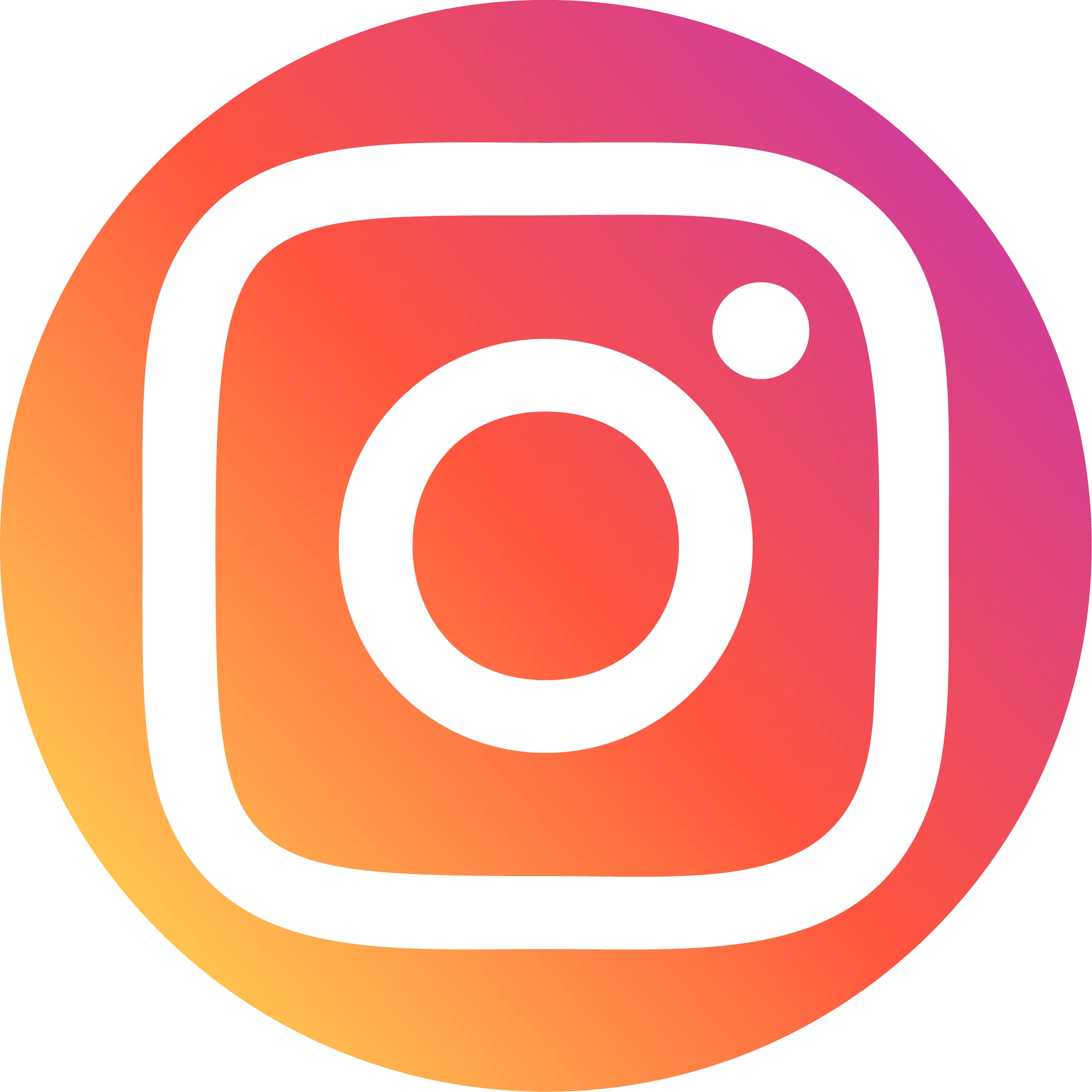Now you can master multi-format marketing like top brands with Google Display Ads
The marketing landscape is evolving at a pace never seen before. Consumers today engage with content across multiple formats—short-form videos, long-form storytelling, connected TV (CTV), and interactive ads—making it essential for brands to adopt adaptive strategies. While ultra-condensed ads (like 20-second TV spots and YouTube Shorts) dominate, a surprising trend has emerged: 68% of marketers increased long-form content production in 2024, with 70% planning further investments in 2025 (Think with Google). Why? Because emotional storytelling and deeper engagement still drive results.
Google Display Ads have emerged as a unifying force, seamlessly bridging gaps between formats while ensuring cohesive brand messaging. Whether through AI-driven targeting, responsive creatives, or cross-platform integration, they empower brands to maximize reach and impact.
This article explores how Google Display Ads enhance multi-format strategies, backed by case studies from Orange France, TAG Heuer, and Air France.

I. The Rise of Multi-Format Marketing
1. Short-Form Dominance & Its Limitations
Short-form content (e.g., TikTok clips, Instagram Reels) thrives on instant gratification. However, its limitations are clear:
- Creativity Constraints: Condensing a brand message into 15 seconds frequently leads to sacrificing emotional depth.
- Audience Retention: Skippable ads face high drop-off rates unless the hook is irresistible.
- Platform Saturation: With every brand competing for fleeting attention, differentiation becomes harder.
Example: YouTube Shorts see high initial views but struggle with sustained engagement unless paired with longer narratives.
2. Resurgence of Long-Form Content
Long-form content is making a comeback—when executed well. Consider Orange France's SaferPhone campaign:
- A 2-minute ad achieved a 33% 100% completion rate, proving that compelling storytelling retains attention.
- Kantar data shows 97% of award-winning creative campaigns outperform benchmarks, with long-form driving higher recall.
Key Insight: Emotion needs time. Viewers invest attention when content respects their intelligence.
3. Hybrid Approaches Win
The most successful campaigns blend formats:
- Guerlain: Combined institutional ads with influencer collaborations (e.g., Gabrielle Caunesil's shoppable holiday content).
- TAG Heuer: Used a 5-minute film starring Ryan Gosling alongside optimized Shorts, lifting performance by 40%.
Takeaway: Diversify formats to match audience intent—short for discovery, long for immersion.

II. Google Display Ads: A multi-format powerhouse
1. Creative flexibility for cross-platform excellence
Google Display Ads give brands cross-format adaptability, seamlessly switching between static banners, video ads (from 6-second pre-roll ads to connected TV ad spots), and AI-optimized responsive creatives. For example: Renault's connected TV campaign integrated QR codes into long-form videos, achieving 80% household reach—proving how creative execution, not just the format itself, drives impact.
Topkee leveraged Weber for landing page production, which enhanced this flexibility and ensured that ads were consistent with the page, thereby increasing conversion rates.
2. Accurate positioning through artificial intelligence and data
With AI tools like Demand Gen, brands can tailor Google Display Ads to user intent on platforms like YouTube, Gmail, and Discover. Air France achieved a 40% increase in CTR by targeting high-intent users.
Topkee's TTO platform automates audience segmentation based on behavioral data to minimize costs and enable personalization. The synergy of AI and sophisticated analytics ensures Google Display Ads resonate with context, whether driving awareness or conversions.
3. Unified ecosystem for seamless integration
Google's cross-platform infrastructure powers campaigns like KFC's "Delamama" burger, which combined connected TV ads with creator partnerships (Mister V) to achieve 50% more sales.
Topkee further enhances this integration with TM settings, providing real-time creative performance insights across themes and media sources. By unifying search intent data with placements, brands can strengthen messaging, while Topkee's automated reporting (through ROI and conversion reports) can validate the ROI of specific formats.
Topkee ensures that Google Display Ads can be integrated into multiple formats and without operational friction, making it the cornerstone of an adaptive marketing strategy.
III. Performance & Measurement
1. Quantifiable Impact Through Creative Excellence
Kantar's research underscores that creative quality, not merely ad duration, determines campaign success. Guerlain's multi-format holiday campaign demonstrated this principle: while its 60-second influencer collaboration drove a 14% lift in branded searches, the 15-second version generated 46% of total purchases—proving that strategic format alignment with campaign goals maximizes ROI. YouTube's Brand Lift tool further validates this by measuring how Google Display Network(GDN) influence search intent, as seen in Guerlain's case.
2. Attention Metrics Redefine Success Criteria
Completion rates and engagement depth now outweigh sheer duration. Louis Vuitton's Shaping Fashion series achieved a 20% higher view time than industry benchmarks, with nearly half of views occurring on TV screens—highlighting long-form's immersive potential. TAG Heuer's 5-minute film maintained an average watch time of 3+ minutes, while its optimized 30-second Shorts outperformed luxury sector benchmarks by 40% in ad recall. Tools like Meridian MMM analyze cross-channel synergy, revealing how formats complement each other (e.g., Shorts driving traffic to long-form content).
3. Agile Optimization Through Data
TAG Heuer's iterative approach exemplifies data-driven refinement: by dissecting audience behavior (e.g., peak interest during flashback sequences in its series), the brand adjusted subsequent episodes for higher impact. Similarly, Brand Lift surveys enabled real-time strategy calibration, ensuring formats like AI-enhanced creatives or shoppable Google Display Ads align with performance goals. This agility transforms multi-format campaigns from experiments into scalable strategies.

IV. Look to the future with Google Display Ads
1. Artificial intelligence and automation help scalable creativity
Google Display Ads use Generative AI to automatically generate ad variations (e.g., text, visuals) for A/B testing, optimizing performance while reducing manual workload. Smart Bidding further improves efficiency by dynamically targeting high-intent audiences, as demonstrated by Topkee's TTO platform, which automates audience segmentation and bid adjustments based on real-time behavioral data. This synergy of AI-driven creativity and precision ensures that campaigns remain agile in a competitive environment.
2. Ethical and inclusive audience engagement
Following global trends, brands can use Google's All-In" toolkit to implement inclusive targeting and creative. For example, Topkee's TM settings enables granular analysis of Google Display Ads performance across different audiences, ensuring that campaigns resonate with different audiences while complying with ethical standards. Additionally, landing pages powered by Weber maintain brand consistency, fostering trust and accessibility—critical for sustainability-focused campaigns.
3. Seamless Commerce Integration
Shoppable ads connect engagement and conversion:
- From Circles to Search: Let users buy products instantly from the video, converting passive viewers into buyers.
- Product Feed: Transform demand generation ads into virtual storefronts, which Topkee optimizes with automated ROI reporting to validate sales results. By integrating these tools, brands can ensure their Google Display Ads strategies are responsive to changing consumer behaviors.
Conclusion
Multi-format flexibility is critical in advertising, and Google Display Network(GDN) provide the tools for that; blending creative with data leads to higher engagement rates; and for comprehensive measurement, Meridian, Brand Lift, and real-time analytics are available.
In response to the call to action, the following steps should be taken: conduct a review of campaigns to guarantee a diverse range of formats. Use Demand Gen to test long-term + short-term synergies. Make storytelling that "adapts to platform behavior" a top priority.
By leveraging Google Display Ads, Topkee helps brands break through barriers and create meaningful connections across all screens. The future of marketing isn’t short or long, it’s both.


